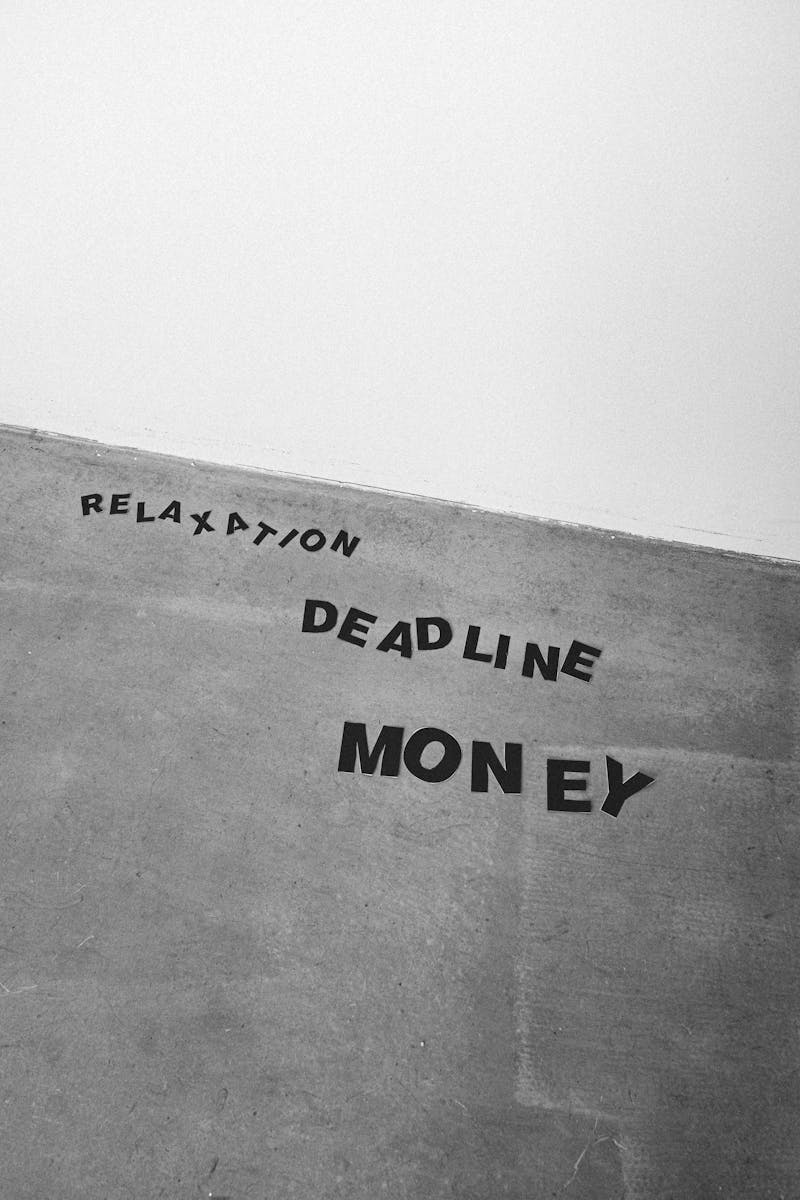
Poverty has many faces, it is an issue that is very complex. Poverty is fear of the future, being sick and not being able to afford a doctor. Poverty is lack of shelter, a low-paid or a no paid job and food insecurity. Poverty is not having access to education and literature and not being able to have access to a job. Poverty is lack of access of money and lack of clothing. Poverty affects everyone, but especially the youth.
Three big parts that tie into poverty are discrimination, racism, and as members of the LGBTQ+ community face so much rejection in their families, jobs and friends with their sexuality, race, age, gender and ability, every single day it can drive them into a struggle.

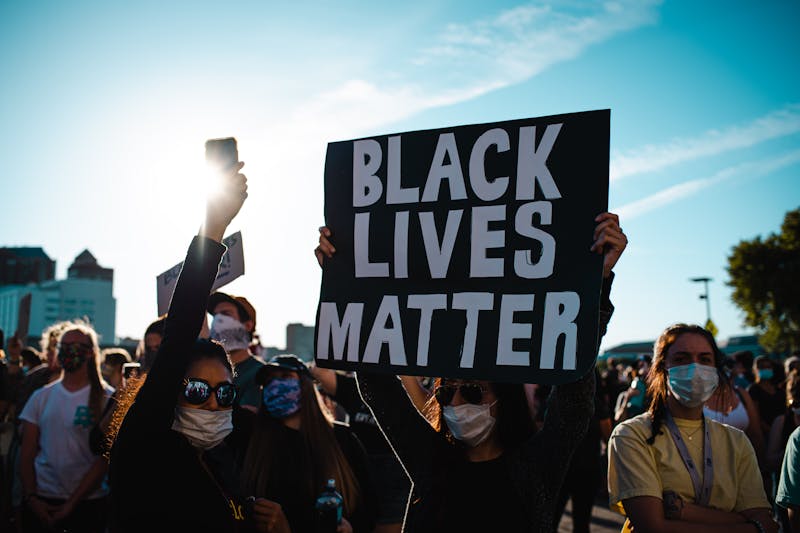
People coming to the Greater Toronto Area are another factor. Newcomers compromise more than one-third of people living in poverty. Despite skills or experience, newcomers have higher rates of unemployment and when they do find work, it’s usually part-time or low wage jobs. Cities in the Greater Toronto Area have boosted in population, and with the cost of living increasing, it has been more difficult for the youth to get basic needs like food and access to education, or a shelter for safety.
Many people have been coming to the GTA this year as the population and the cost of living grows rapidly, the youth in the poverty population are now over 10 per cent and have low income as Toronto’s poverty population for LGBTQ+ community is 11 per cent. The percentage in Vaughan is an increase of 7 per cent from Toronto’s poverty population and in Oakville a 2 per cent increase in the LGBTQ+ poverty population. Burlington’s LGBTQ+ poverty population is 8.3 per cent. Other cities like Milton, the LGBTQ+ poverty population is 6 per cent. The city of Mississauga has a LGBTQ+ poverty population of 6.4 per cent. There is a 2 per cent increase from the LGBTQ+ poverty population in Milton, Brampton, and Halton Hills at 8.2 per cent.
Another factor is Aboriginal youth poverty in the GTA. The issue has made a decrease from 23.8 per cent to 11.8 per cent. In Toronto, the Aboriginal poverty population is 14 per cent. In the city of Milton and Brampton, the Aboriginal poverty population is 12.8 per cent. Throughout the city of Oakville, the Aboriginal poverty population is 9 per cent. In Halton, the Aboriginal the poverty population is 24.6 per cent. The Aboriginal poverty population in Vaughan is a 10 per cent decrease than the percentage in Halton. Burlington’s Aboriginal poverty population is 9.5 per cent, while Halton Hills Aboriginal poverty population is 12.4 per cent and Mississauga has a 4.1 per cent decrease from Halton Hills’s poverty population is at 7.9 per cent.
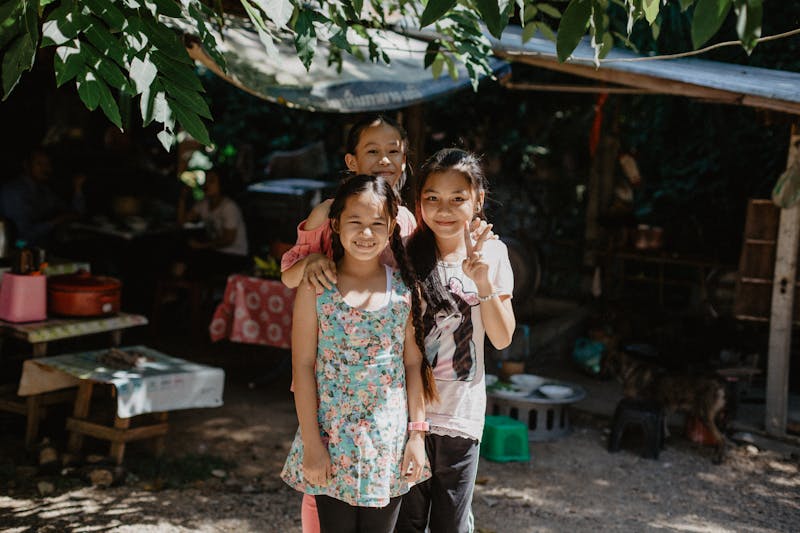
With newcomers, there is 11.4 per cent in Toronto, with a 3.2 per cent decrease in Brampton. In Vaughan the poverty population is much similar, at 7.9 per cent. In Oakville, the poverty population is 9.1 per cent while Halton’s poverty population is 15 per cent and Milton’s poverty population 11 per cent. Mississauga has a 3.2 decrease, and Burlington is 15 per cent in poverty population. In Halton Hills, the poverty population is 8 per cent of people new to the country.
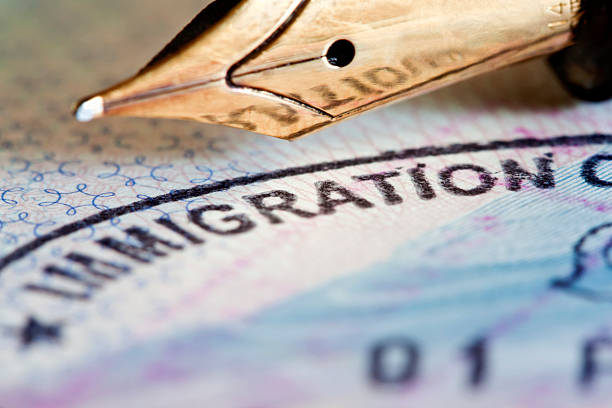
Signs that you may be struggling are you may have trouble finding access to health care, food insecurity, minimal or low paid work, income inequality, trouble finding access to literacy or a low income. The cause for poverty is different for each case. It is never a one-way cause. Many people, sometimes more specifically youth and young adults cannot afford to pay their bills, wear proper footwear, get dental care and transportation, eat protein, buy gifts, buy clothing or afford temperature of their own house.
There are several Food Banks across the GTA, in Toronto, there have been 2.5 million visits to Food Banks for utilities between March and April. In the city of Brampton, there have been 8,027 visits to Food Banks from exchange students in 57 colleges. In Vaughan the number of visits to Food Banks are 305,000 people, with 8.8 per cent residents with low income. Halton Hills has had 5.9 million visits to Food Banks while Oakville has had the same number of visits to Food Banks. However, in Milton, there have been 350 per cent of families each month visiting Food Banks. Lastly in Burlington, 42 per cent of people visited Food Banks for utilities.
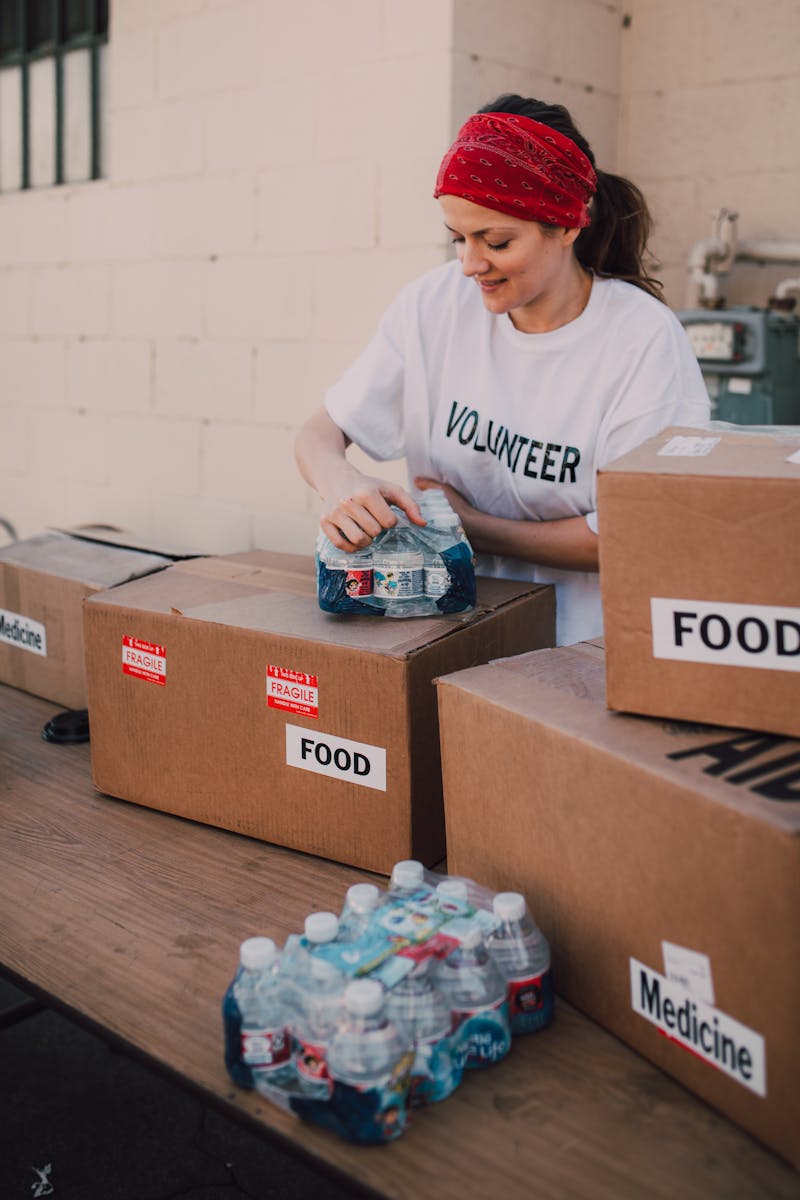
If you are a single parent, you should know that 35.5 per cent of female single families struggle in poverty, and 30.7 per cent of male single families struggle in poverty in the GTA. Almost 30 per cent of people in lone-parent families live in poverty compared to an average of 11 per cent of the Canadian population.


As for all the forms of poverty, 6.5 million per cent of youth in the GTA do not have access to a doctor. The number of youth and young adults that have low income in the GTA is 0.9 million per cent and the number of people suffering from food insecurity in the GTA is 12.8 per cent.
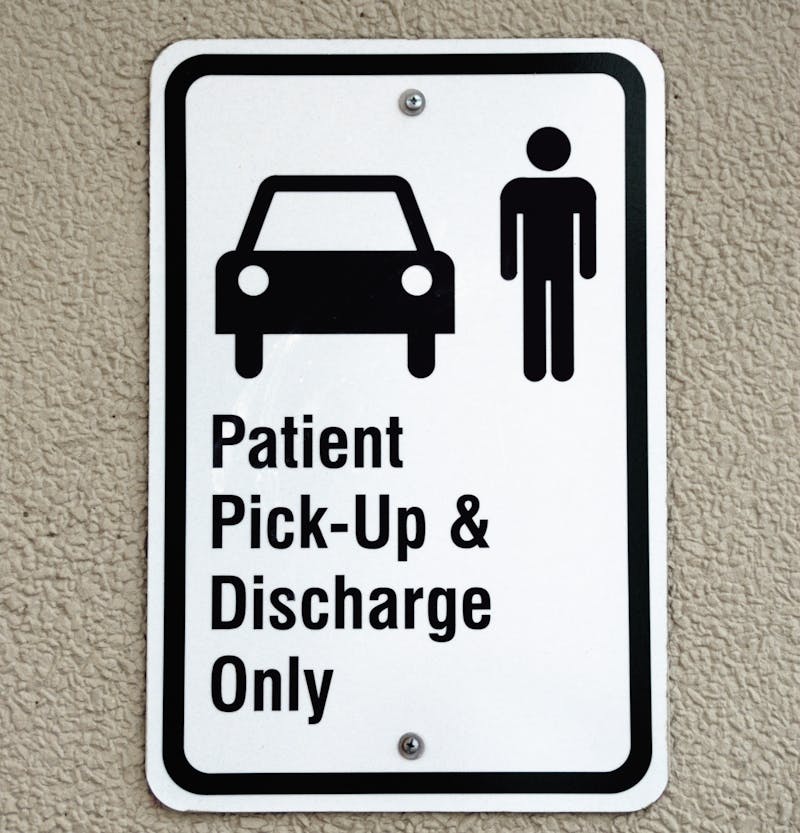

Sarah Sheppard, a resident in Toronto says the issues with discrimination and crime all tie in together, when it is difficult to provide for yourself and others, it is more likely you will be ending up in crime in order to supplement, and with discrimination there can be a lot of shame around. Sheppard says society speaks certain people down and it is hard to lift yourself out of the poverty cycle, there is not a lot of government implemented structures to help people out in a way that is containable for them. Sheppard says issue of poverty would cause people to be more withdrawn. Sheppard says people who are mentally ill cannot do things, and it can be an underlying issue in poverty. If someone is mentally ill it is harder for them to find a job or provide for themselves.
Caroline Law, a student in Queens University says poverty is related to different sex, how they present themselves, their age, and if people are not getting hired because of those demographics, than certain demographics are suffering more than others such as certain races which creates discrepancies and wages. Law says the fact that some groups experience poverty more than others is intergenerational, if you think about the African-Americans slave trade, those factors have set them up for credible hardships because they are stereotypes preventing them from getting jobs, and their disadvantage stuck early because the people hiring them are not their race, so they lack representation in that way, so these intergenerational factors keep persisting and built barriers for them to have success in society, it is discrimination and integrational issues that are hard to break out of.
With the issue of poverty, Law says people feel like they need to steal to get by which increases shoplifting, and increase the amount of time people spend in less advantaged neighborhoods which are sometimes violent neighborhoods, so it could increase gang membership, which in itself creates a likelihood that they will be in contact with the police, which goes back to a intergenerational and cyclical issue of more police contact equals more discrimination, which equals more incarceration, which sets up for less success and puts more barriers in the way of getting employed and an escape from poverty conditions, so all in all people try to find alternative ways to make money and sometimes that is gang related.
Law says people who are Mentally ill have difficulty finding and seeking jobs and to get hired, which creates conditions of poverty and wage gaps. There is not enough support for the Mentally ill, and because there is not enough support it feeds into the cycle where they feel like they need to go through socially unaccepted routs to get by like stealing or gang violence, or prostitution. because they cannot land a socially accepted job in an office or work with or for the government because of the discrimination. Mental illness makes it harder to get a job and sometimes makes people fall through the cracks.

Leave a Reply